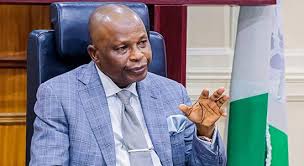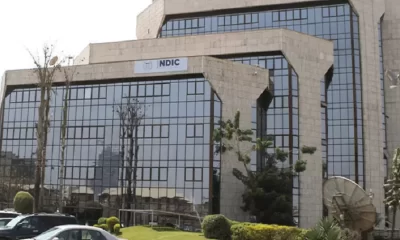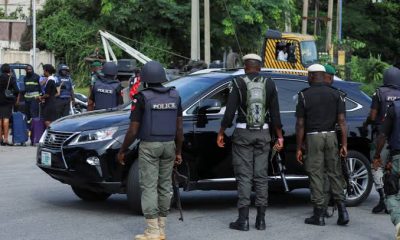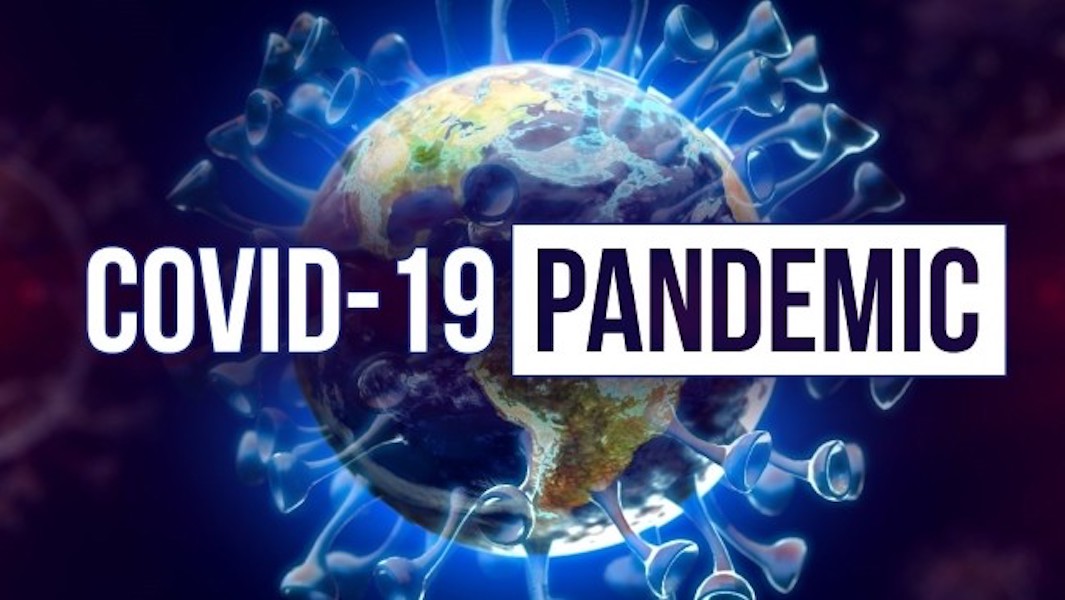There are emerging revelations of hidden secrets on safety protocols during an independent investigation on the origin of COVID-19 at the Wuhab Lab, China, by a U.S. group. The hidden secrets were gathered to be exposed by emails obtained by a group, U.S. Right to Know.
According to a report by The Defender, “biosafety experts privately harbored questions about risks taken with coronavirus research at biosafety level-3 labs, including those in Wuhan,” citing emails obtained by U.S. Right to Know.
It was indicated that the leaked emails obtained by U.S. Right To Know, revealed that biosafety experts, including one with long time collaboration with the Wuhan Institute of Virology (WIV), “privately harbored questions about risks taken with coronavirus research at biosafety level 3 (BSL-3) labs, including those in Wuhan.”
The BSL-3 labs were conceived by the researchers to have higher risk of being vulnerable to accidents, than BSL-4 labs, a level used for the most potentially dangerous of pathogens.
As the Wuhan Institute of Virology (WIV’s) BSL-4 has been the focal attention of inquiry on biosafety practices linking COVID-19 origin, revelations from the leaked emails “raise more questions about whether SARS-Cov-2 could have emerged from a lower biosafety level lab in Wuhan.”
The leaked emails generated questions on the existing biosafety protocols as the U.S. National Institutes of Health (NIH) funded EcoHealth Alliance (EHA), a U.S-based nonprofit research organization, to conduct research with the WIV and the University of North Carolina (UNC) on infected mice reflecting human receptors with engineered novel bat coronaviruses.
An article in a Journal of Virology and other sources, disclosed that a document submitted to the NIH, and, in some cases, even lower containment BSL-2 labs in Wuham, indicated that much of the research on bat coronaviruses appeared to be done in BSL-3 labs in Wuhan.
Former Director of the Galveston National Laboratory at the University of Texas Medical Branch; James Le Duc, a leading biosafety expert, and a former Commander of the U.S. Army Medical Research Institute of Infectious Diseases, David Franz, bioweapons expert, questioned U.S. and Chinese BSL-2 and BSL-3 labs.
It was highlighted that Le Duc made significant contact with scientists in Wuham over the years. Le Duc was said to have trained WIV scientists at the Galveston National Laboratory. He made multiple trips to Wuham since 1986 to train virologists.
Franz was said to have distributed a letter in Science on May 15, 2021, supporting the investigation of the origins of COVID-19, as well as a possible lab origin.
Le Duc was cited to have declared: “I’m afraid that it may be way too late to find much out but it should be attempted, including the bsl2 and bsl3 labs where I suspect the risk for accidental release is greater.”
Le Duc also wrote to Franz on June 2, 2021, saying: “The focus on BSL4 is justified but the bigger problem is likely at BSL3 where many more exist and standards are varied.”
Franz had written back to Le Duc: “I also mentioned the issue you raise about a focus on 4s, both because they tend to be taken more seriously by governments (possibly making them safer and more secure) than 2s or 3s and also that the 2s and 3s are generally more vulnerable than 4s.”
Biosafety level (BSL) designations were identified to be established in the mid-1970s. Biosafety labs are also identified to designate BSL-1 to BSL-4, with 4 as the most stringent in practices and containment of potential pathogens.

 Politics5 days ago
Politics5 days ago
 News6 days ago
News6 days ago
 Latest1 week ago
Latest1 week ago
 Business1 week ago
Business1 week ago
 Business4 days ago
Business4 days ago
 Business6 days ago
Business6 days ago
 Crime1 week ago
Crime1 week ago
 Latest7 days ago
Latest7 days ago

